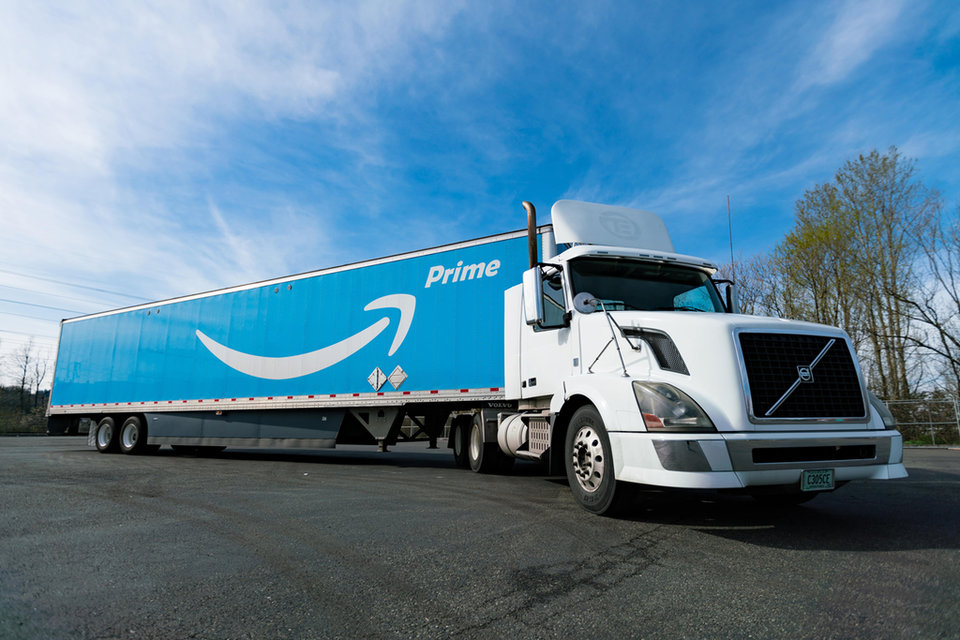Assessments need to be made as to the position of the tank to make sure that there is suitable strength in the area which the tank
Retrofitting waste storage tanks: is it really that difficult?
ScotRail originally stopped dumping sewage onto tracks in 2017. However, it was forced to revert to this practice again in 2018 as a temporary measure due to delays in receiving 26 renovated high-speed InterCity trains. This meant the operator had to hire much older models that do not have waste storage tanks.
Just eight of the 26 refurbished trains have been delivered to date, meaning that some of the older models will serve seven Scottish cities into next year and continue emptying toilet waste onto tracks.
According to ScotRail, the refurbishment programme is now being accelerated.
“We’re working with suppliers to ensure the refurbishment of our fleet of high-speed InterCity trains is completed as soon as possible,” says a ScotRail spokesperson.
Wabtec Rail is performing the upgrades to 17 ScotRail carriages. According to Jodi Savage, Wabtec Rail contract manager for vehicles, the design of some older trains presents challenges for retrofitting.
“I would say that the main challenges are that it is not just a case of bolting a tank underneath. Sufficient space on the underframe needs to be found – often this is not directly under the toilet so pipework has to be routed from the toilet to the tank,” she explains.
“Assessments need to be made as to the position of the tank to make sure that there is suitable strength in the area which the tank is being installed. Often the toilets are gravity-fed, which uses more water per flush and would therefore require a very large tank – instead the toilet system is changed to a vacuum system, which means a smaller tank but more work in the vehicle.”
East Midlands Railway is another train operator that has requested permission to carry on flushing sewage onto tracks, which may fully not end until 2023. Dumping of effluent will continue on some fast services between St Pancras in London and other cities such as Sheffield and Nottingham.
A spokesperson for the company said that most of its trains do have controlled emissions toilets, with the majority of its regional fleet having been retrofitted with storage tanks in the past 18 months.
"We completely support the drive by Network Rail to remove all trains without controlled emissions toilets by the end of 2023 and are already working towards having all our trains fitted by the end of 2020,” the East Midlands Railway spokesperson said.
"This work is part of our £600m investment plan to completely replace our entire train fleet with either brand new or fully refurbished trains across our network."
Richard Parsons, operations director of train cleaning system specialists Airquick, confirms that a retrofitting programme “usually takes longer to achieve than planned”.
“We have installed toilet retention tank emptying systems for retrofitted stock, only for them not to be used for up to 12 months following commissioning,” he says.
“When fitted, the retro units work no differently from those installed from new from the retention tank emptying point of view.”

Amazon is changing the game for retail, and subsequently freight services. Image: Amazon
With priorities aplenty can taking trains out of service be justified?
The British public have come to expect delays with railway projects. Although train companies are making efforts to end dumping sewage onto lines, it is not always viable to take trains out of service to upgrade them.
“Quite clearly it’s a hideous, outmoded way of disposing of sewage and it should have been stopped years ago,” says Bruce Williamson, spokesperson for Railfuture, an independent campaign group for better standards in UK rail services.
“Where a delay has happened in either electrification or upgrading procurement or testing or whatever for new rolling stock, then the old rolling stock still has to be used. And there’s no choice really, because obviously it’s better to run a train than to not run it at all even if it’s slightly unsatisfactory.
“But it's a process it's quite hard to rush really. And I suppose as well, it’s not a life and death problem. When there are other pressing issues in the rail industry there’s more pressure to fix, then I suppose this tends to come down the priorities list a bit.”
The UK Government is keen to point out the record investment in the nation’s railways, but there is a belief that these funds have not come soon enough. The RMT’s Mick Cash also places the blame with train companies, claiming that simply not enough cash has been invested.
“The long-term solution is that the greedy train companies invest in installing the necessary tanks into their fleet, rather than going for the cheapskate and more profitable option of dumping raw effluent on Britain’s railway tracks,” adds Mick Cash.
A Network Rail spokesperson said: “We are committed to putting an end to trains emptying waste onto the tracks and we are working with all operators to make this happen. There are a few train companies that have been given a bit more time for a small number of their trains and we are tracking their action plans closely to make sure they comply.”
As for the future, a fairly recent innovation for trains is bioreactor toilets. These clean wastewater using anaerobic liquid treatments. Bioreactor systems also have much larger storage capacities and can go for weeks without being emptied, as opposed to daily.
“These toilet effluent retention units treat and sterilise the liquid content and retain the solids,” adds Richard Parsons from Airquick. “The interval for emptying is increased from daily to every ten weeks or so.”
The long-term solution is that the greedy train companies invest in installing the necessary tanks into their fleet